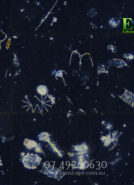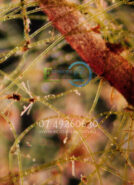The genus Legionella includes 26 species of which L. pneumophilia is most frequently associated with human disease. Legionella spp. are known to infect humans by inhalation. The ingestion of drinking water containing Legionella is considered irrelevant until the bacteria are amplified by multiplying in specific sites under thermal enrichment. Therefore, hot-water systems maintained below 60oC,…
Read more
Legionella






